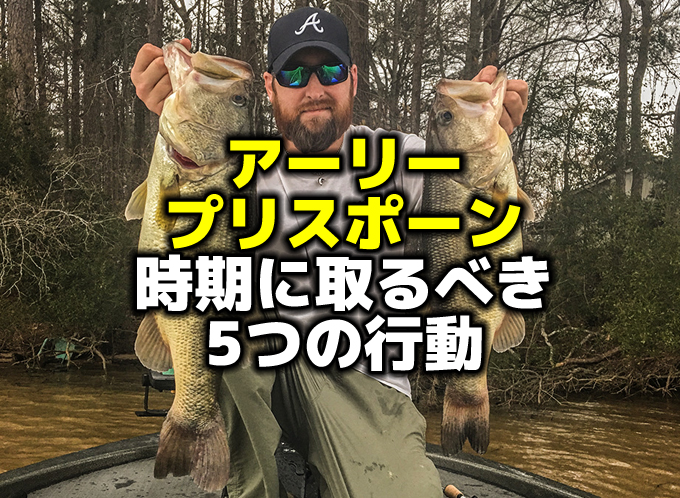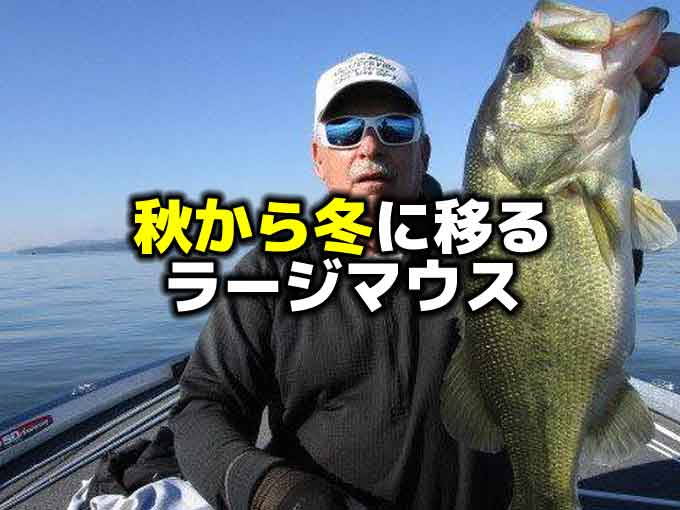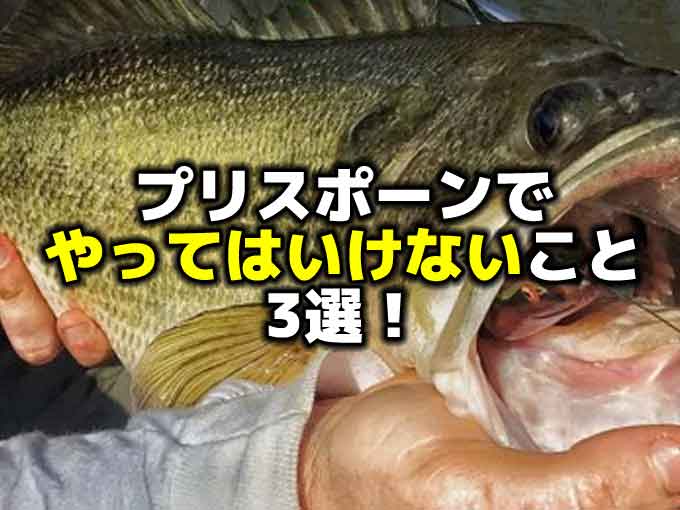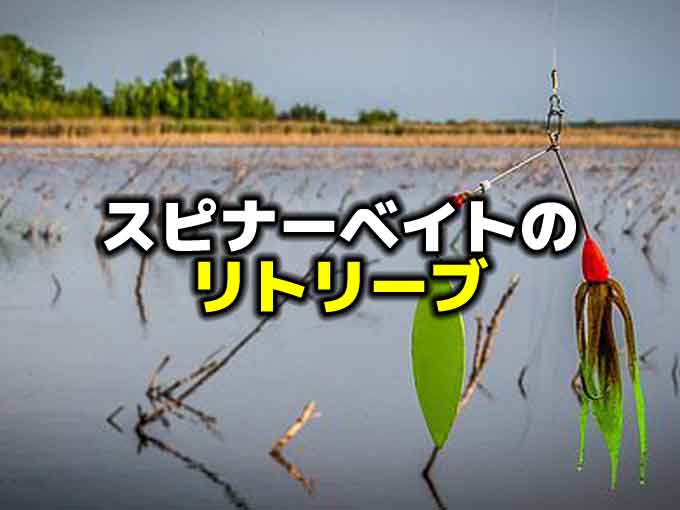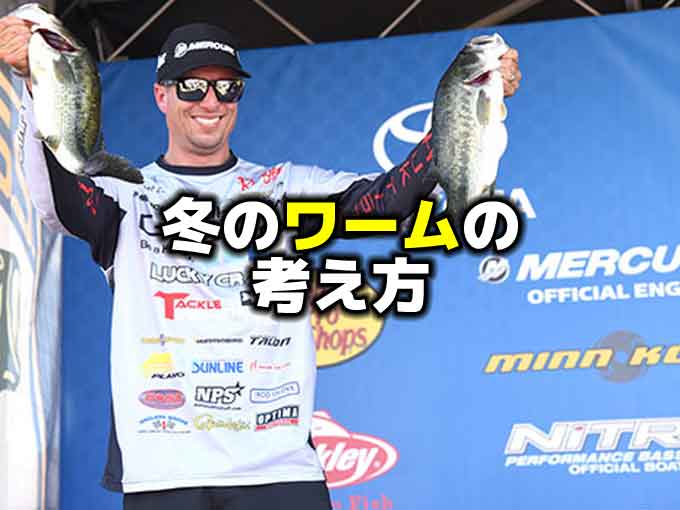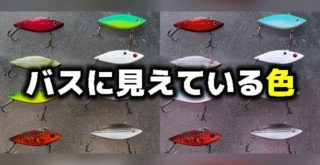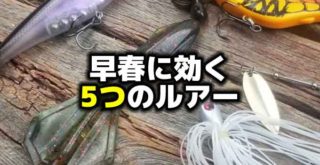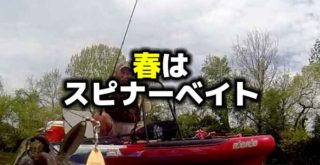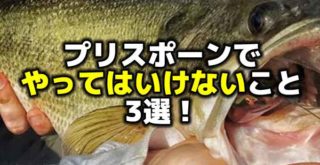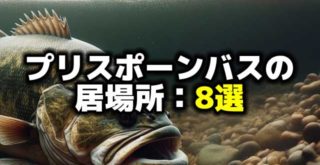シーズン終盤のスモールマウスのための5つのヒント
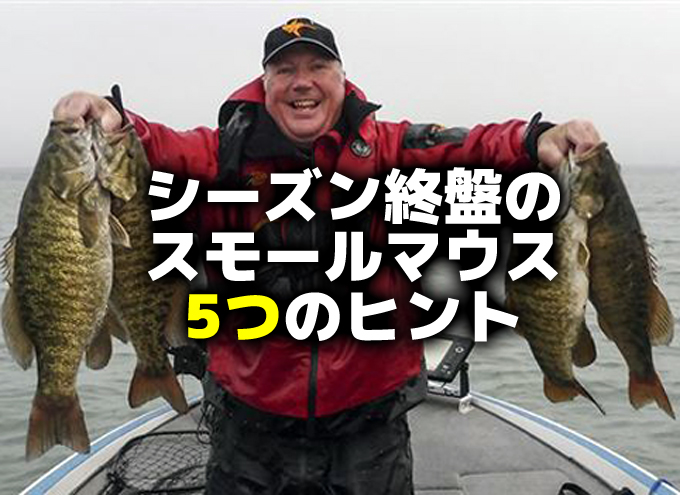
Photo by scout.com
こんにちは!店長の小山です!
今日は海外サイトより”5 Tips to Catch Late Season Smallmouth Bass”という記事を引用してご紹介いたします。以前に掲載しました記事を再編集して掲載しております。
引用先:scout.com”5 Tips to Catch Late Season Smallmouth Bass”TIM ALLARD12/01/2015(海外サイトです)
シーズン終盤といいますと、季節的には11月から12月を指しています。
みなさんはその時期、スモールマウスバスを釣りに行かれますでしょうか…
野尻湖は禁漁期間に入ってしまい、その期間の釣りはできませんが、木崎湖はモダンボートさんが12月中旬までは営業されると思います。桧原湖あたりですとボート屋さんにもよりますが11月下旬くらいまで営業される感じでしょうか。
実質的に冬季はほとんど禁漁的な感じになってしまうため、この期間のスモールマウスの釣りは知らなくてもいいのかもしれませんが、それでも熱心なアングラーさんはいるもので、極寒のなか意地の一本を求めてボートを出されているようです。
この記事は、アメリカ北部のスモールマウスバス専門フィッシングガイドのサイモン・フロスト氏が、湖が結氷してしまう直前まで楽しめるアプローチを紹介していますが、その要素は5つあるようです。
厳しい時期の話ですが、読んでみて下さい。
1.ディープの岬
On Lake Erie, rocky points between 30 and 45 foot consistently hold smallmouth bass from mid October into November. Points appeal to smallmouth as they create a current break.
Massive in size, points are also feeding stations, loaded with gobies, crayfish and baitfish. Bass hunker down, waiting for food to wash up to them.
Anglers should focus on large points attached to land. These structures are travel routes for smallmouth moving deeper from shallow and mid-depth summer habitat as temperatures drop. Open-water oriented, suspending bass also return to these points during fall.
エリー湖では10月中旬から11月にかけて、岩場の岬の水深9メートルから14メートルにスモールマウスバスをストックします。岬は流れを遮る場所としてスモールマウスバスを呼び止めるのです。
大規模な岬はまた、ハゼ類やザリガニ、ベイトフィッシュも立ち寄るためフィーディングスポットでもあります。これらベイトが流されてくるのをそこで待っています。
アングラーはそのフィールドの大きな岬にフォーカスすべきです。こういった地形は夏の居場所から水温が下がるにつれてディープへ移動するスモールマウスの移動経路ともなります。オープンウォーターにいたサスペンドバスも、秋になるとこれらの岬に戻ってきます。
2.砂利を見つける
Big smallmouth like gravel and sand. Frost uses Humminbird 1100 series and Onix 8 units’ Side Imaging and 360 Imaging to locate bottom composition changes along rocky points. These transitions stack-up big bronzebacks.
“The biggest thing is finding broken rock with gravel,” Frost said. “If you find gravel, you find the fish. Otherwise, it’s sand.”
From football-field sized gravel deposits to spots the size of a driveway, a GPS waypoint’s entered for every patch. Breaks and ledges along the point are also waypointed. These icons comprise a breadcrumb trail for precision drifts on windy days. On rare, calm days, Frost hangs back and casts to these hotspots.
大きなスモールマウスは砂地や小石が好きです。フロスト氏はハミンバード1100シリーズとOnix 8ユニットのサイドイメージと360 イメージ(魚探)を使用して、岩場の岬に沿って底の組成変化(底質の変わり目)を特定します。こういった変化にはビッグスモールマウスが張り付いています。
「最高なのは、砂利場にあるこぼれ岩です」とフロスト氏は言います。「砂利を見つければ魚を見つけたも同然です。もしなければ、砂地もいいでしょう。」
サッカーボールほどの大きさの石を通りがけに、GPSにすべてマーキングします。岬のブレイクや段差もマークします。これらは風の強い日に精密にドリフト(流し釣り)させるための目印となります。珍しく穏やかな日になれば、フロスト氏はそのホットスポットにキャスティングで直接狙います。
3.ズームイン
Using 2D sonar’s also important for finding big smallmouth. Frost uses zoom to magnify the bottom.
“Even though bass are schooled up, the really big ones are belly to bottom,” Frost said. “Occasionally they’ll come up, but 99 percent of the time they’re right on bottom. You’ve got to have good electronics to find them.”
2Dの魚探を使ってビッグスモールマウスバスを見つけることも重要です。フロストはズーム機能を使ってボトムを拡大させます。
「群れを作ったバスはタフ化しており、本当に大きいバスは底べったりになっています。」フロストは言います。「時々、彼らは浮きますが、99パーセントはボトムにいます。それを釣るには、魚探をうまく使って彼らを見つけることが必要です。」
4.チューブワームを使う
A 3 1/2-inch tube jig consistently catches fall smallmouth. Smoke and dark green tubes are best to match gobies, crayfish and baitfish on Erie. Rigging on 1/2- to 3/4-ounce Frostbite Fishing Tackle jigheads gives the tubes a fast fall to get smallmouths’ attention. It also keeps the bait on bottom so bass don’t have to chase the meal.
“I never want bait leaving bottom,” Frost said. “The slower you can move it, the more fish you’re going to catch. Even when it’s dead calm, and I’m casting and reeling back to boat, I’m constantly keeping bottom contact with it.”
In wavy, windy conditions, Frost uses drift socks to slow boat speed, aiming for a 1/2 mile-per-hour drift. The tube’s fished vertically so it stays in the sonar cone and is visible on the Humminbird’s display. The electric motor steers the boat to GPS waypoints marking gravel piles, sand patches and contour lines on a point.
Frost uses 5-pound green PowerPro braid with a 15 foot, 10-pound fluorocarbon leader. Frost believes trophy bass get conditioned and spooked by the sound of heavy braid cutting through the water; 5-pound gives him an advantage.
“The only downfall of running 5-pound line is when you snag up, odds are it will break at knot, so you loose your leader, but the extra fish you’re catching makes it worth it,” Frost said. “On average for 10 hours of fishing, I might lose 10 jigs.”
3.5インチのチューブワーム+ジグは着実に秋のスモールマウスバスを釣ります。スモークとダークグリーンのチューブはエリー湖のハゼ類やザリガニ、ベイトフィッシュにベストマッチします。1/2オンスから3/4オンスのジグヘッドにセットしたチューブを投げ、速いフォールでスモールマウスバスの注意を引くようにします。ルアーはボトムをキープし、バスに追わせる必要のないようにします。「エサがボトムを離れることをバスは望んでいません」フロストは言います「移動が遅いほど、魚は釣れます。たとえ凪の日でキャスト&リーリングで釣るときも、常にボトムコンタクトを保ちます」
風が強く波の日は、フロストはボートソックス(パラシュートアンカー)を使ってボートの速度を遅くし、時速0.8㎞のドリフトを目指します。チューブはバーチカルに落とし、ソナーの範囲に入れ、ハミンバード(魚探)のモニターに映るようにします。エレキでGPSにマークした砂利山、砂場、岬のブレイクラインを通るようにコントロールします。
フロストは5ポンドのPEラインを使用し、10ポンドフロロリーダーを4.5mで使用しています。フロストはビッグバスが太いPEラインの水切り音に怯えてしまうと考えているため、5ポンドのPEが有利に働くということです。
「5ポンドラインの唯一の欠点は、根掛かりしたときにノットから切れてしまい、リーダーを失ってしまうことなのですが、それ以上に釣れることに価値があると思います。10時間で平均10個のジグを失ってしまうかもしれませんが…。」
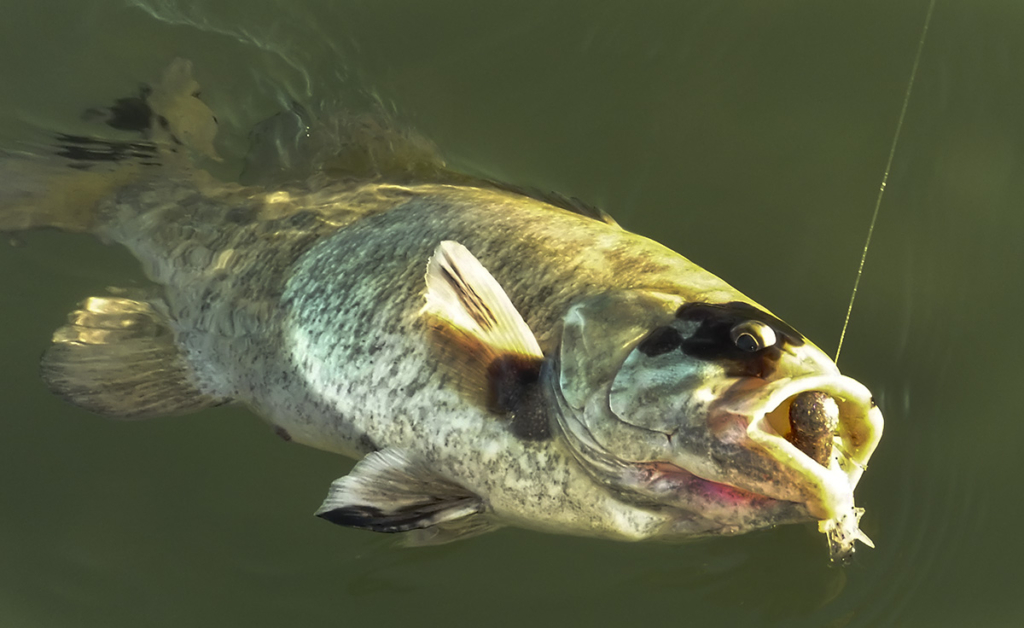
Photo by scout.com
5.メタルジグを試す
When smallies snub tubes, Frost uses a jigging spoon to trigger reaction strikes. Top picks are a Bass Pro Shops XPS Tungsten jigging spoon or an ACME Kastmaster in gold or silver. A 3/4-ounce model works best in that deep water.
Like a jig, Frost casts a spoon in calm conditions. When windy, he drift-jigs; a 1-ounce spoon’s often needed to stay vertical.
A quick rod rip lifts the spoon a foot or two off bottom. Then the bait’s allowed to fall on slack line and settle on bottom.
“The key to the spoon is letting it sit and do nothing for two to three seconds,” Frost said. “What happens is when bass aren’t really feeding, they see that flash.”
Frost replaces factory spoon hooks for No. 2 or 4 Trokar or Mustad trebles. While jigging a spoon catches a lot of fish, Frost admits acrobatic smallmouth can shake the heavy bait free sometimes.
スモールマウスバスがチューブを見切ってしまった場合、フロストはメタルジグを使ってリアクションバイトを引き起こします。まずはバスプロショップス・XPSタングステンジギングスプーンまたはACME Kastmasterのゴールドかシルバーを使います。ディープウォーターでは3/4オンスがベストの選択でしょう。
フロストは凪の時はジグをキャストして使います。風が強い時は、1オンスのジグをバーチカルに落とし、ジグでの流し釣りをします。ロッドティップを素早くボトムから30㎝または60㎝持ち上げ、ラインを緩めてボトムまで落とします。
「メタルジグの鍵は、底に付いたら2~3秒は何もしないことです。」フロストは言います。「彼らは空腹でなかったとしても、そのフラッシングを見ているのです。」
フロストはメタルジグのフックをTrokarかマスタッドのトレブルフック#2か#4に取り替えます。メタルジグを急激に上下することで多くのスモールマウスを釣ることができますが、アクロバティックなスモールマウスの引きが重いルアー振り回すので時々バラしてしまうことを警戒しているためです。
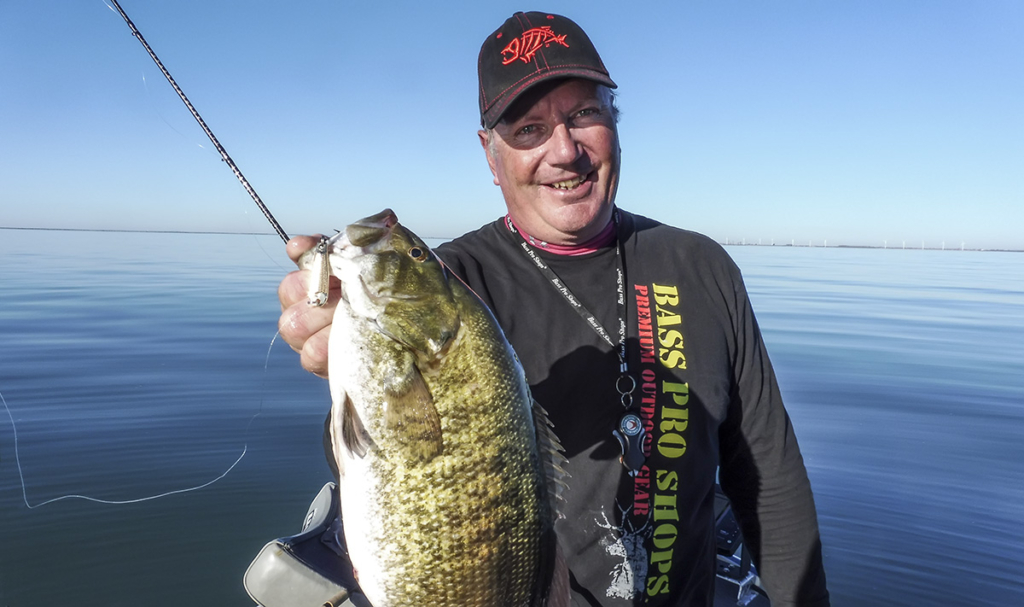
Photo by scout.com
いかがでしたか。
エリー湖と言えば日本の札幌と同じくらいの緯度にある湖で、かなり大きい湖なんですが凍ってすまうんですね…。恐ろしい寒さですね。
この記事の中には秋になると夏の居場所から岬へ戻ってくると書かれていますが、野尻湖でもまさにその動きが見られまして、特にターンオーバーが進んでくる10月中旬ごろから、岬での釣果が目立ってきます。
野尻湖ではベイトフィッシュというとその頃もワカサギがメインなのですが、その岬で釣れるバスはワカサギではないものも探しているような感じで、タイミングさえ合えばスイミング系でも放置系でも釣れるような感じみたいですね。
そこからさらに季節が進むと、岬が流れをさえぎる役目になるという意味合いが強くなるのでしょうか…経験がないので本当に良くわかりません。
しかしせっかくですので、今年(2017年)は初めての12月の木崎湖を経験してみたいなあと、ひそかに考えております…。
おそろしい話ですが(笑)、興味があります…ドMですよね…。
それでは、また。
毎度ありがとうございます!







